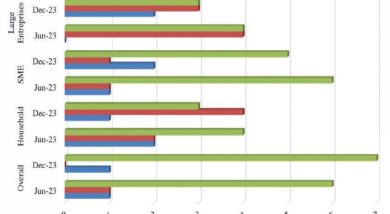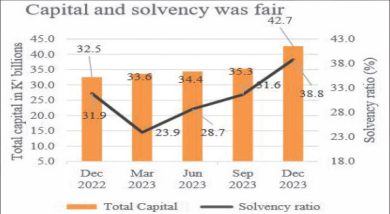Body wants thriving manufacturing sector
Manufacturing Industries Association (MIA), a representative body of 200 manufacturing firms, says government has to intervene to save the manufacturers from closure due to various challenges.
In an interview on Monday, MIA chairperson Ahmed Sunka said a few companies are only growing at the moment, a development which is worrisome to the sector that employees over 100 000 people.
While observing that Malawi has a future in manufacturing, he said the sector can make meaningful contribution to the economy if government introduces more incentives to help promote small industries.

The manufacturing sector contributes roughly nine percent to Malawi gross domestic product (GDP), according to the National Statistical Office (NSO).
“We need more support for the small and medium enterprises to grow and government needs to put more incentives, including lowering the cost of finance to the small and medium-scale industries as well as a better export incentives.
“For instance, we need protection on taxes which should help us compare well with our counterparts in the region. For instance, exercise books from India and Kenya come duty-free while our local manufacturers have to import paper and make exercise books here which puts them at a disadvantage when pricing,” said Sunka, Rab Group chief executive officer.
He said while the current electricity challenges have been hindering progress in the sector, players fear for September when the water levels in Lake Malawi reduces dramatically.
Electricity Supply Corporation of Malawi (Escom) is facing power supply challenges due to lower water levels in Shire River, the main source of hydro power generation.
In 2017, the manufacturing sector was heavily affected by intermittent power supply as factories could not operate at full capacity.
In addition, the sector experienced low credit levels in 2017 compared to previous years.
The 2018 Malawi Economic Annual Report indicates that the manufacturing sector grew by 1.8 percent in 2017 due to the difficult operating environment, but hopes the sector will grow by 3.6 percent in 2018.
Government had earlier projected the sector to grow by 4.9 percent in 2017 and six percent in 2018 on account of favourable weather conditions.
“However, the industry will continue to be affected by intermitte
nt electricity supply and the persistence of cheap smuggled products which create unfair competition with locally-produced products.
“Furthermore, the decline in agricultural production may have an adverse effect on demand for manufactured goods,” reads the report in part.
In its May 2018 Malawi Economic Monitor, the World Bank said although short-term measures have been implemented to provide some relief, blackouts will not yield results in the short- term, urging diversification of energy sources.
During the 2018/19 National Budget Presentation last month, Minister of Finance, Economic Planning and Development Goodall Gondwe said government recognises supply side constraints such as intermittent power supply.




